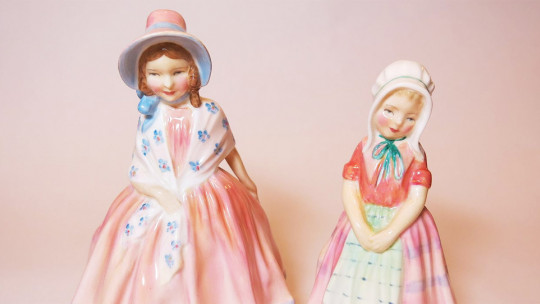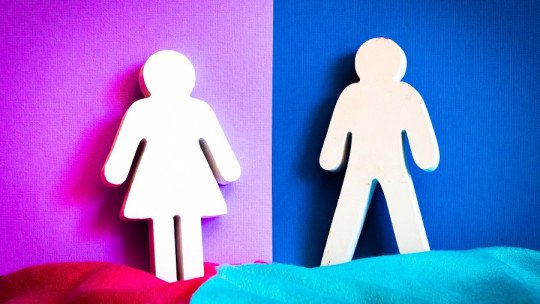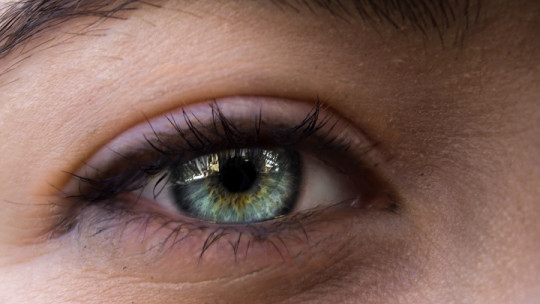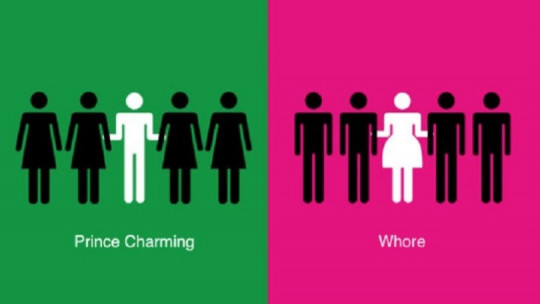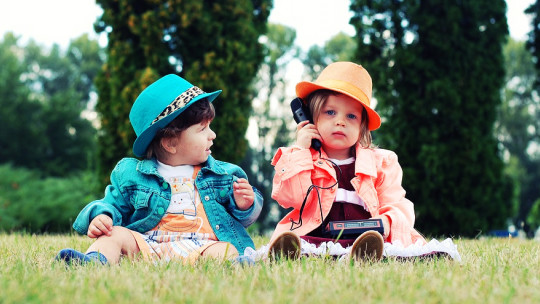
Socialization based on sex causes gender inequality This socialization occurs even before birth: from the moment in pregnancy it is identified whether the baby will be a boy or a girl, a long socialization process begins, the result of which is the differentiation of people as men or women.
From the gender perspective it is possible to understand that the application of the sex-gender system in the socialization process builds at a social level a set of beliefs in which each gender is assigned certain behaviors.
The difference between sex and gender
The roles of each gender are given different importance according to a hierarchy of values, positioning women as inferior. This is how stereotypes arise that contribute to the maintenance of inequalities between men and women.
The concept “sex” refers exclusively to physical characteristics that biologically differentiate people as men and women. However, the concept “gender” is a social construction based on the assignment of different roles based on sex.
This means that gender is used to describe those characteristics socially constructed differently for women and men. The social differences that we find in today’s society between men and women are the result of learning the sex-gender system.
The sex-gender system: a theory about inequality
The sex-gender system is a theoretical model that explains how gender socialization occurs. This theory identifies the natural with the socially constructed and establishes that sex itself is not the cause of inequality between women and men, but their socially constructed gender position.
This system produces a set of learned and internalized social norms that structure the behaviors of both sexes and condition the perception and interpretation of social reality. Consequently, they generate differential socialization.
Biological inequalities translate into social inequalities political and economic relations between women and men that generate sexism, with women being the most disadvantaged in this process.
From birth, people learn the behaviors, attitudes, roles and activities that correspond to the characteristics determined by belonging to one or another sex, thus developing gender identity and gender roles.
Gender roles and the construction of identity
Gender identity is the affiliation to one sex or another, that is, the identification as a man or a woman. From this gender identification, the development of a specific differentiation process is triggered in which gender roles are learned.
Gender roles imply assuming social representations as one’s own about masculinity and femininity through the various agents of socialization: the family, the educational system, the media, culture, the community, institutions, etc.
This socialization continues throughout life. Through interactions with other people, the values, attitudes, expectations and behaviors of each society are learned and internalized in order to function in it.
Differential socialization between women and men
Walker and Barton’s theory of differential socialization (1983) explains how people, in their process of initiation into social and cultural life and from the influence of socializing agents, acquire differential gender identities that entail attitudes, behaviors, moral codes and stereotypical norms of behavior assigned to them. each gender.
The key to the differential socialization process is the congruence between the messages issued by all socialization agents This facilitates the assumption and internalization by each individual to the point of considering that it is something of their own, their personality, causing them to think and behave accordingly. Thus, boys and girls will assume the traditional male and female roles as their own from childhood.
Male roles: work and ambition
The socialization of boys into the traditional masculine role focuses on producing and progressing in the public sphere. They are expected to achieve success in this area since they are prepared and educated so that their self-esteem and gratification come from the public sphere.
Men are repressed in the emotional sphere promoting freedoms, talent and diverse ambitions that facilitate self-promotion. They receive a lot of stimulation and little protection, which orients them towards action, the exterior, the macrosocial and independence. Men are instilled with the value of work as a priority obligation that defines their condition.
Feminine roles: family and home
In the case of girls, the socialization process into the traditional feminine role focuses on their preparation for reproduction and their permanence in the private sphere. Their successes are expected to come from this area, which will form both their source of gratification and their self-esteem.
Unlike men, their freedoms, talents and ambitions are repressed that facilitate self-promotion, promoting the emotional sphere. They receive little stimulation and a lot of protection, which orients them towards intimacy, the interior, the microsocial, dependency and the value of work is not instilled in them as a priority obligation or defining of their condition.
All these values and norms are called gender mandates that is, those implicit social norms that do not reflect what men and women are but how they should or should be and what is expected of each of them.
Socializing agents: how gender roles are reinforced
The process of differential socialization based on gender occurs through different reinforcements and models. Differential reinforcement occurs when Men and women are rewarded or punished for different behaviors interests or expression of emotions.
Much of this learning occurs in the first years of life through modeling, that is, learning through observation of other people’s behaviors and the consequences that said behavior has for the model.
This normative and informational influence occurs through socialization agents. The main socializing agents are:
1. The family
The first models that the child will have are the members of his or her family and they play an important role in the first stage of life as transmitters of behaviors, values, etc., through modeling and learning through emotional means. Various studies indicate that the most important role of the family lies in the regulation of activities classified according to sex.
2. The educational system
The education system It is the social structure that best reflects the dominant beliefs and values Its influence on the maintenance of differences occurs through the hidden curriculum and the social interaction processes that occur in the educational system.
There are four aspects of differential socialization that contribute to the hidden curriculum: the distribution of men and women in the educational system, which acts as role models for students; educational material and textbooks, which tend to reproduce gender stereotypes; school organization and practices, which reproduce traditional gender activity choices; and the expectations and attitudes of teachers, which affect the expectations that students have of themselves.
Regarding social interaction processes, differences in interaction in the classroom, differences in attention from teachers, in the distribution of play spaces, etc. have also been observed.
3. The media
It is the informational influence that through selective regulation presents stereotypical cultural models based on ideals of men and women that do not correspond to reality. They influence the perception we have of both men and women in general and of ourselves.
To achieve the elimination of gender-based inequalities, it is necessary to understand that the origin of inequality is based on differential socialization and that said socialization is a self-justifying process; That is, it causes men and women to behave differently and develop their activity in different areas.
Differential socialization helps confirm the belief that the sexes are different and to justify the need to continue perpetuating socially constructed differences.
Since the key to continuing to maintain this differential process is the congruence between the messages issued by the socialization agents, it would be useful to use them as a way for change and promote through the same congruent messages that eliminate gender-based inequalities. .

